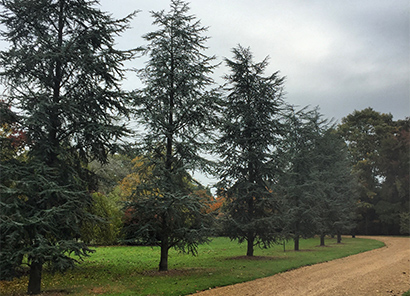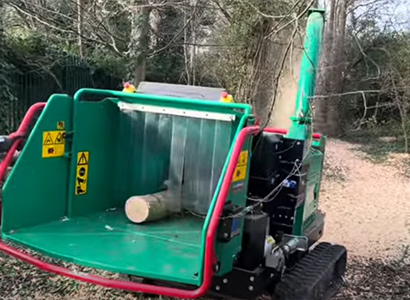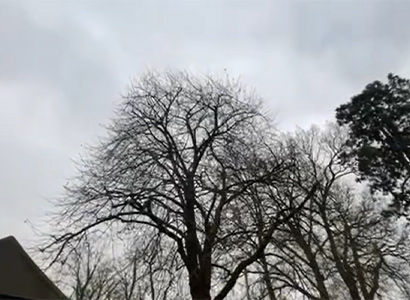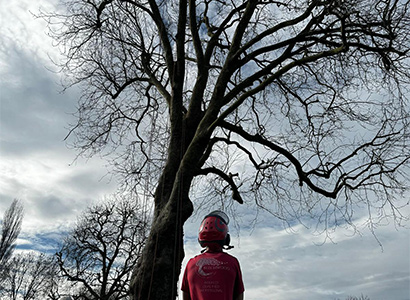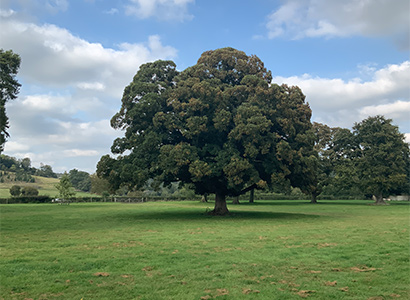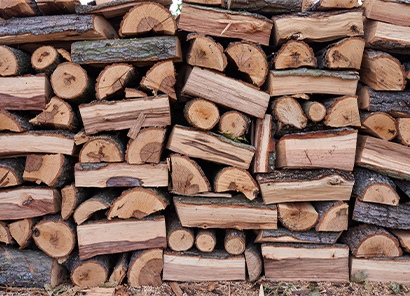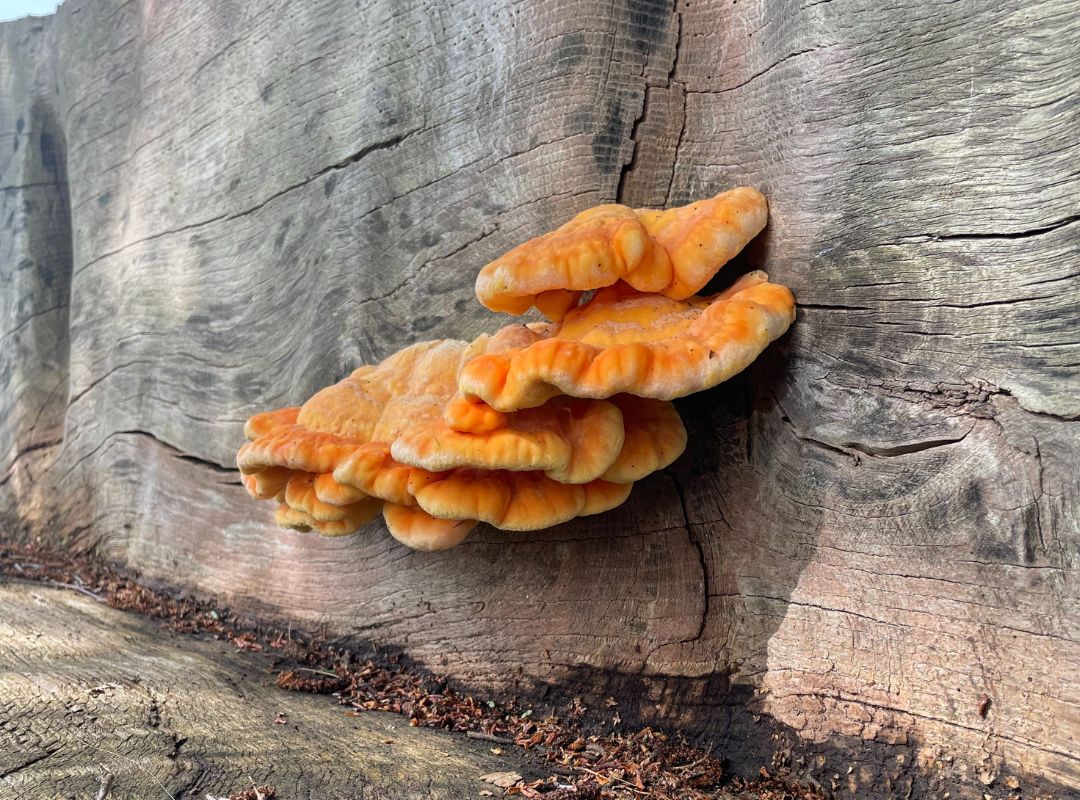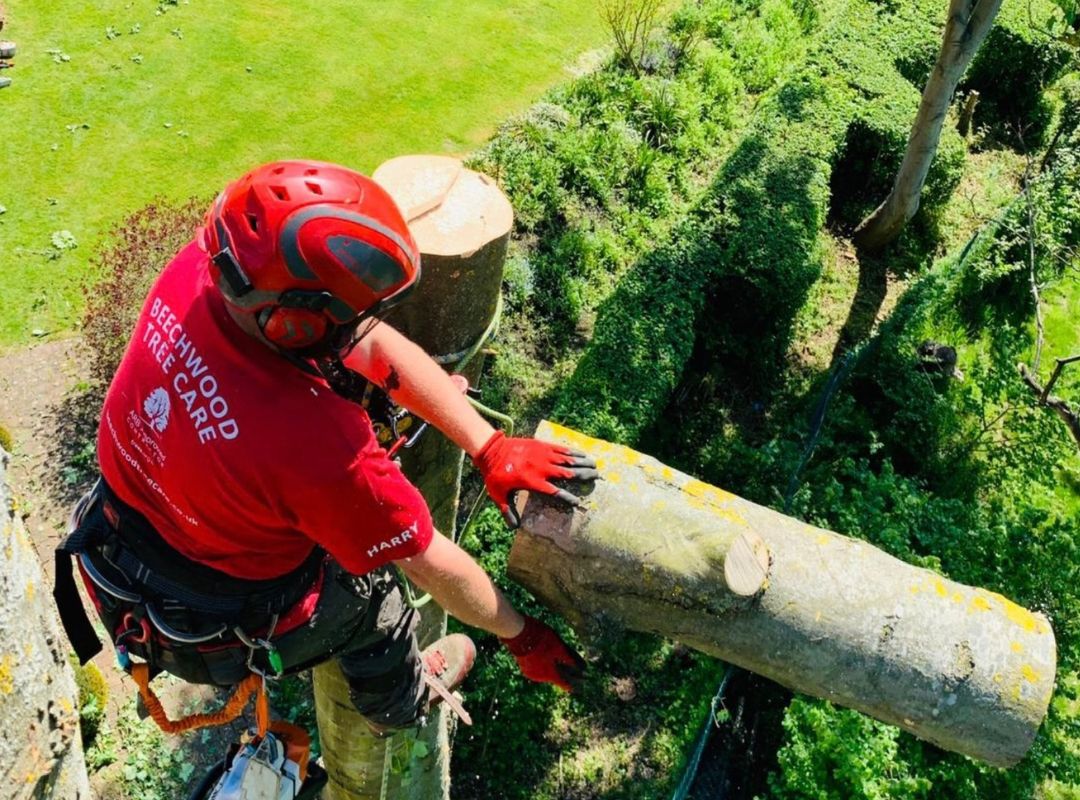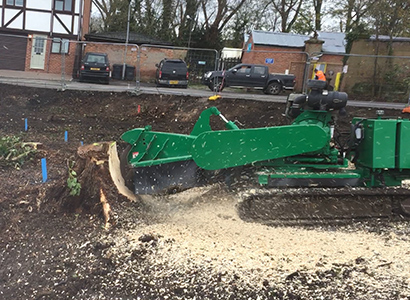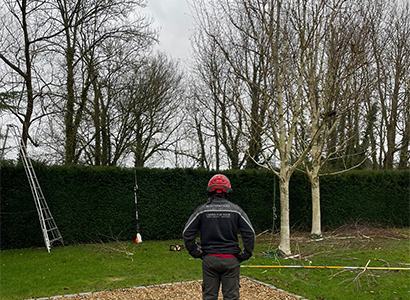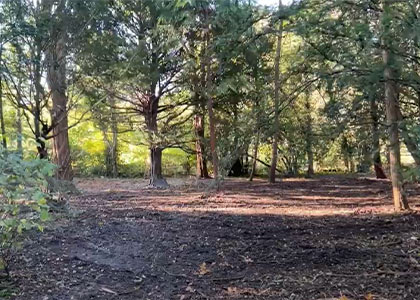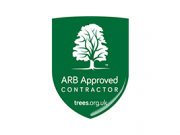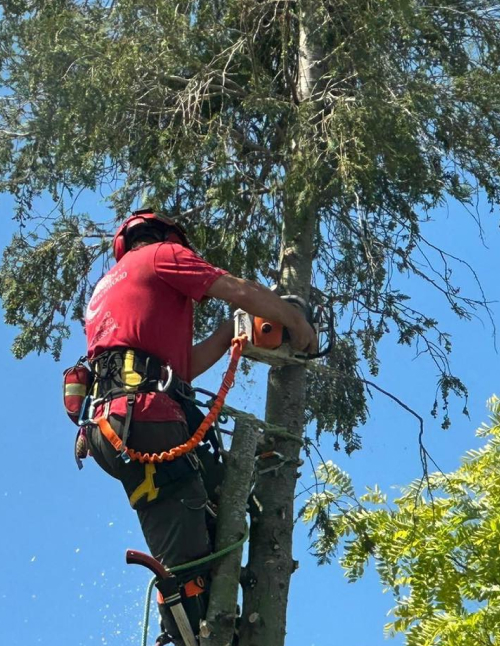7 Steps To Care For Trees With Damaged Tree Roots
Roots are the source of life and stability for trees, so when they become damaged it can compromise the whole structure. Damaged tree roots can occur for a multitude of reasons, whether man-made impacts such as construction or landscaping or natural occurrences like fungal infections or drought and can seriously hinder the health of your trees.
Due to how vital roots are for your trees, any damage here will impact your tree’s health – but this does not have to be permanent. There are ways you can save trees with damaged roots if you are willing to put the work in to support your tree during this time.
Beechwood Tree Care is an expert arboricultural company with decades of experience delivering outstanding tree care. We have worked with trees of all kinds and conditions, making us experts in tree management, including those with damaged roots. Using our expertise, we are sharing everything you need to know about root damage, including how to identify damaged roots and what can be done to save your tree.
Identifying Trees With Damaged Tree Roots
Before you can take action to save your trees with damaged roots, you first need to be able to identify this particular issue and assess the state of the damage.
Identifying the most common signs of root damage will make it easier for you to determine which trees are infected and ensure you are providing the specific care needed. Symptoms of damaged roots to look out for include:
- Wilting Leaves: Roots absorb water and nutrients which are then spread throughout the tree to support growth and stability. Wilting leaves, as well as leaves that are browning at the edges or prematurely dropping, could be a sign that the roots are damaged.
- Stunted Growth: Similarly, without the necessary nutrients coming from the roots, the tree will not be able to grow as tall and strong as expected.
- Cracked or Uplifted Soil: Changes to the ground surrounding your tree, where the roots will lay, can indicate that roots have been damaged or shifted. This is commonly due to activity near the tree, such as construction.
- Visible Damage: If you notice during tree surveys or inspections that roots have been damaged in any way, such as severed, crushed or exposed, this indicates a bigger issue.
- Branch Dieback: Much like with leaves, dying or dead branches at the top of the tree indicate that the roots have been damaged as they are failing to provide the necessary hydration and nutrients to higher levels.
- Leaning Trunk: Structural damage to the roots impacts the integrity of the tree and can lead to a noticeable lean in the trunk, which can get worse over time.
If you do notice any of these symptoms of damaged tree roots, it is time to act fast. The quicker you intervene, the better the chances are that you can save a tree with damaged roots and ensure that your landscape remains safe and attractive.
How To Save A Tree With Damaged Tree Roots: Our Step-By-Step Guide
Once you have identified trees with damaged roots, it is time to increase your tree care to help save it. There are some steps you can take yourself to protect the tree and help recover it, but you can also work with professionals like our team to ensure success.
To save a tree with damaged roots, follow these steps:
1) Assess The Extent Of The Damage
The first step when dealing with damaged tree roots is to determine the level of damage you are dealing with. This will inform the ongoing work needed and whether you can handle it alone.
Light root damage can often be repaired and supported through routine care, but more severe cases will require professional intervention:
- Light Damage: Minor surface injuries or slight exposure of the roots
- Moderate Damage: Up to 25% of the root system is damaged or deteriorating
- Severe Damage: Over 25% of the root system is compromised, often leading to structural instability
Based on the level of root damage, you can move forward with the next steps and work to try to save your tree.
2) Minimise Any Further Damage
To give the tree the best shot of recovering from damaged tree roots, you need to prevent any further damage. This includes halting any nearby activity that could hinder the structural integrity of the tree, including construction and landscaping.
Work taking place in the dripline, which refers to the widest point of the root canopy, needs to be stopped completely until the matter is resolved.
If roots have been damaged through cuts or injury, avoid trimming any more without professional support as you could be making it worse. Removing too many roots can destabilise the tree, leading to serious risks.
3) Improve Soil Conditions
Damaged roots can be detrimental to your tree because they struggle to absorb water and nutrients, which are needed for ongoing health and growth. To compensate for this lack of support coming from the roots, you can make changes to the soil conditions around the tree.
- Aerating: Aerate the soil around the tree to reduce compaction, as well as allow more water, nutrients, and oxygen to reach the roots
- Mulching: Organic mulch can be a great tool to aid the growth and health of your trees. Apply a layer of mulch of around 5 to 10cm thick over the root zone, ensuring it does not touch the trunk, to help the tree retain moisture, regulate soil temperature, and produce healthy root growth.
- Watering: When dealing with damaged roots, you need to water your tree regularly and ensure this penetrates deep into the soil to give the roots as much of a chance to absorb the water as possible. Water deeply around once or twice a week, based on the climate, when dealing with damaged roots.
4) Fertilise (With Caution)
Fertiliser can be a great aid when dealing with a damaged tree, as it provides the essential nutrients needed for health and growth. However, when dealing with damaged roots, it is vital that you exert caution if you are using fertiliser, and over-fertilising can stress the tree further.
You should avoid chemical fertilisers as they can burn tender or recovering roots. Instead, rely on a balanced, slow-release fertiliser that is specifically for trees.
Alternatively, you can consult with professionals like the Beechwood Tree Care team to get expert advice for your specific tree and landscape during this time.
5) Pruning To Relieve Stress
Pruning should be performed regularly to aid the health and growth of your trees. Removing overgrown, damaged or diseased branches can help the tree conserve energy, as it is only spreading nutrients and hydration where it is needed.
However, when dealing with damaged tree roots you need to avoid over-pruning. Much like with fertilising, exert caution when pruning as excessive cutting can put the tree under stress and require more energy to be used on recovery of the branches, rather than the roots.
When pruning, ensure you are focusing on the health of the tree rather than the aesthetics and only removing small areas that are impacted.
6) Provide Additional Support
Based on the severity of root damage, your tree may need additional structural support to keep it stabilised. Tools such as cables, braces or stakes can be used to offer support to the tree based on the severity of the damage and leaning.
Consider working with professionals for this process as improper staking can cause more damage to the tree.
7) Monitor Progress
Recovery takes time, which means your work is not over once you have fertilised and supported your tree the best you can. You need to continue to monitor your tree, looking out for signs of progress to determine whether your efforts have been effective and if the tree can be saved.
When monitoring, look out for:
- Signs Of Improvement: New growth, healthy leaf development and stabilisation of the trunk
- Signs Of Further Decline: Increased lean in trunk and branch dieback
By regularly monitoring the tree, you can adjust your care as necessary and ensure that your landscape remains safe and healthy. If you do notice any signs of further decline, speak to professionals as soon as possible as tree removal may be required.
Seeking Professional Help For Damaged Tree Roots
While there are many ways you can care for a tree yourself, this will only be effective in cases of light damage. Professional help is the best method to deal with damaged roots, due to how severe and dangerous this can be for your landscape and the neighbouring properties.
Damaged roots can lead to complete collapse of the tree if recovery is not possible and professionals will be needed to ensure the tree is removed safely. Following tree removal, stump grinding and clearance will be needed to repair your landscape.
If you are unsure about the level of root damage your tree is dealing with, a tree survey can be done to assess the current condition and determine the next best course of action. Our professional arborists can offer personalised recovery plans to deliver the best possible care for your trees.
How To Prevent Root Damage In The Future
The best way to care for damaged tree roots is prevention. Taking care of your trees and the surrounding landscape is a great way to avoid the issue of damaged tree roots altogether, and can be done through the following:
Plan Landscaping Wisely
Before starting any landscaping or construction project, consult with an arborist to determine whether your trees will be affected. Following a site inspection from arborists, the root system of your tree can be highlighted, including the dripline and any other risks that the work may pose.
Respect The Dripline
Once the dripline has been identified and marked, make sure to respect these boundaries when working on your home or landscape. This means avoiding placing heavy machinery or equipment over the tree’s root zone and keeping the area clear as much as possible.
If this part of the landscape is not essential, consider fencing it off to prevent any form of root damage in the future.
Maintain Soil Health
While improving soil conditions can be an effective treatment for damaged tree roots, it can also be done to prevent this issue from occurring in the first place. Maintaining the soil around your trees, ensuring it is aerated and healthy, can help keep the tree in prime condition by providing the necessary hydration and nutrients.
This is valuable for all landscapes but is essential in high-traffic areas and during times of stress, such as following tree pruning or during construction.
Perform Regular Inspections
As prevention is the best treatment for damaged tree roots, you need to remain vigilant and keep up with the condition of your tree. Regular inspections, both personal and professional, should be done to identify any changes in the tree’s health or structure. By catching signs of root damage early, you can begin the treatment sooner which increases the chances of success.
Dealing With Damaged Tree Roots? Contact Us Today
If your tree is showing signs of damaged tree roots or you are concerned about the health of your landscape, Beechwood Tree Care can help. Reach out to the team today to learn more about our services or to request a consultation.

